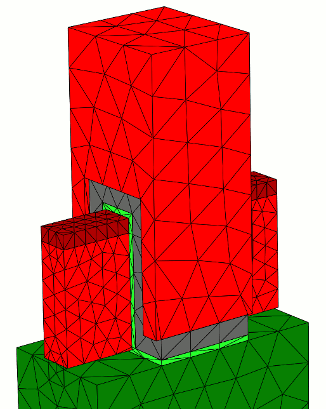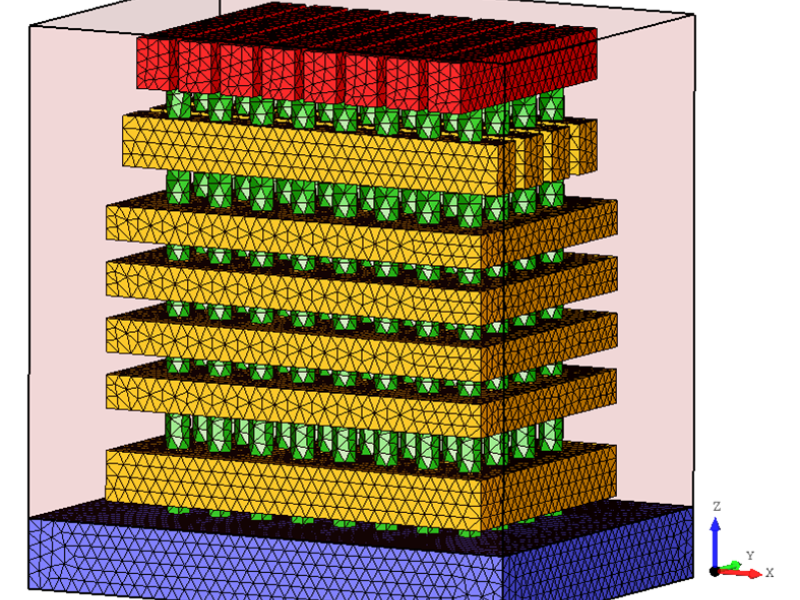A typical trend in nanotechnology is to extend technology from basically 2D structures to 3D structures, from simple 2D layouts to complex 3D layouts. This has mainly two reasons: (i) There are fundamental physical effects bound to 3D structures, e.g., manifold properties in reciprocal space, and (ii) economic reasons as in semiconductor industry which enforce denser packaging and ever more complex functionalities. The automatic optimization of nano-photonic device geometries is becoming increasingly important and, due to enhanced complexity, increasingly difficult. Typical one-way simulations become unfeasible in many-query and real-time contexts. Model reduction techniques could be a way out. Potentially they offer online speed ups in the order of magnitudes. The reported success, however, is often linked to relatively simple structured objects. Slightly more complex examples fail immediately due to geometric and mesh constrains. To show the potential in real-world examples, however, complex 3D objects including comprehensive parametrizations have to be assembled.
The project aims to establish a link from 3D solid models obtained by CAD techniques, including full parametrizations, to reduced basis models. Establishing this critical link would facilitate systematic device geometry optimizations to be carried out using rigorous 3D electromagnetic field simulations. The main question is, how we can realize a large scale parametrization maintaining topologically equivalent meshes.
A challenging application is the bigate fin field effect transistor (FinFET) from semiconductor industry. Introduced in 2012 by Intel, the structure paves the way to ever more complex 3D geometries assisted by tiny features. We parameterized corner roundings, the thin insulating oxide layers and more general features as height and width of its major parts. We applied the reduced basis method for the time-harmonic electromagnetic scattering problem implemented in our hp-adaptive finite element solver.

This research is carried out in the framework of MATHEON supported by Einstein Foundation Berlin.
